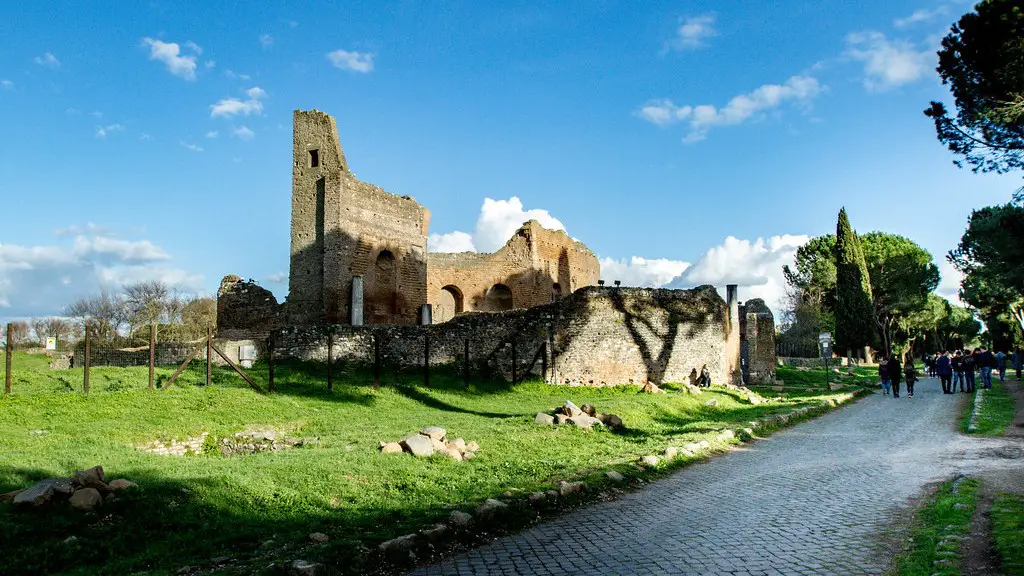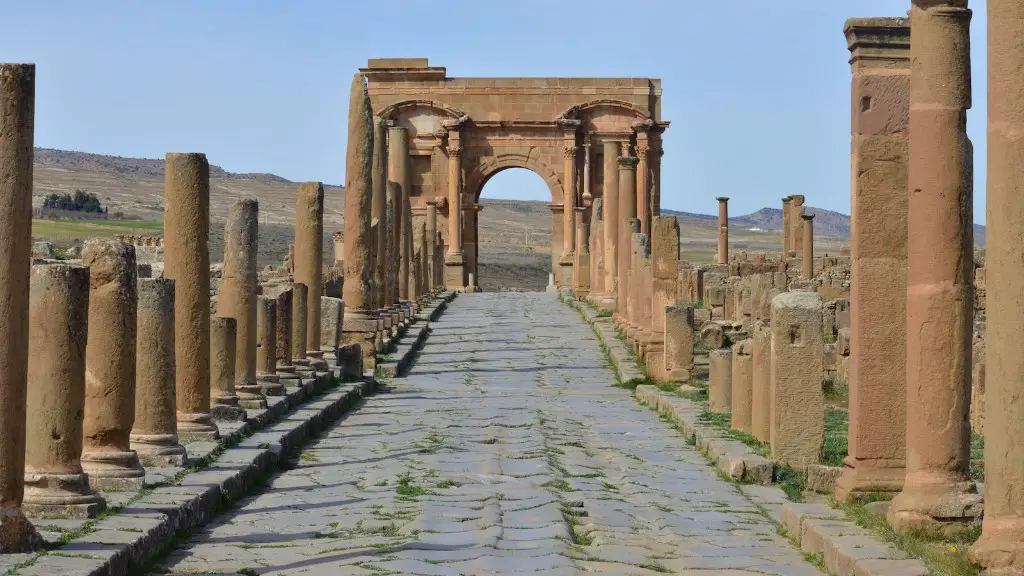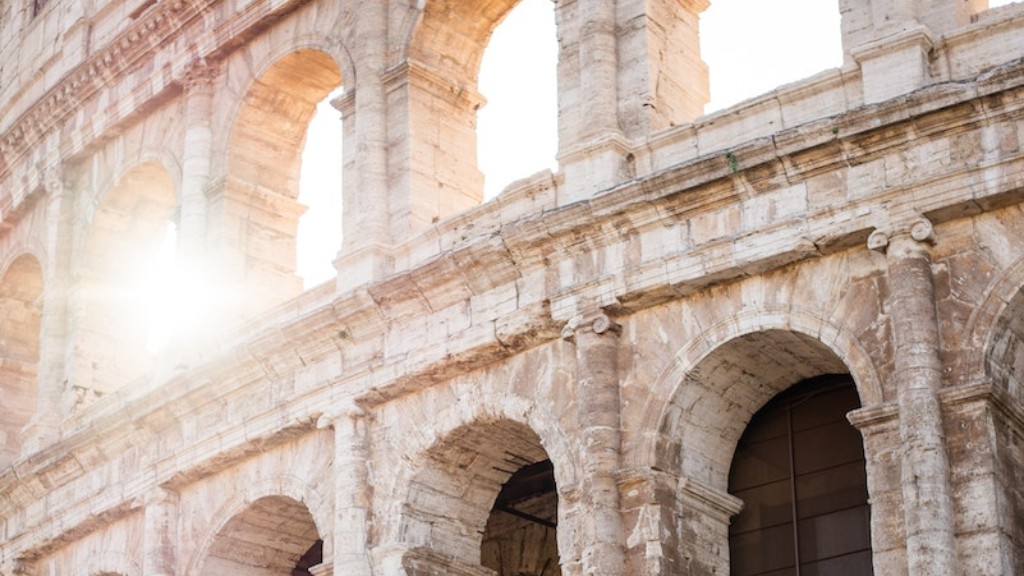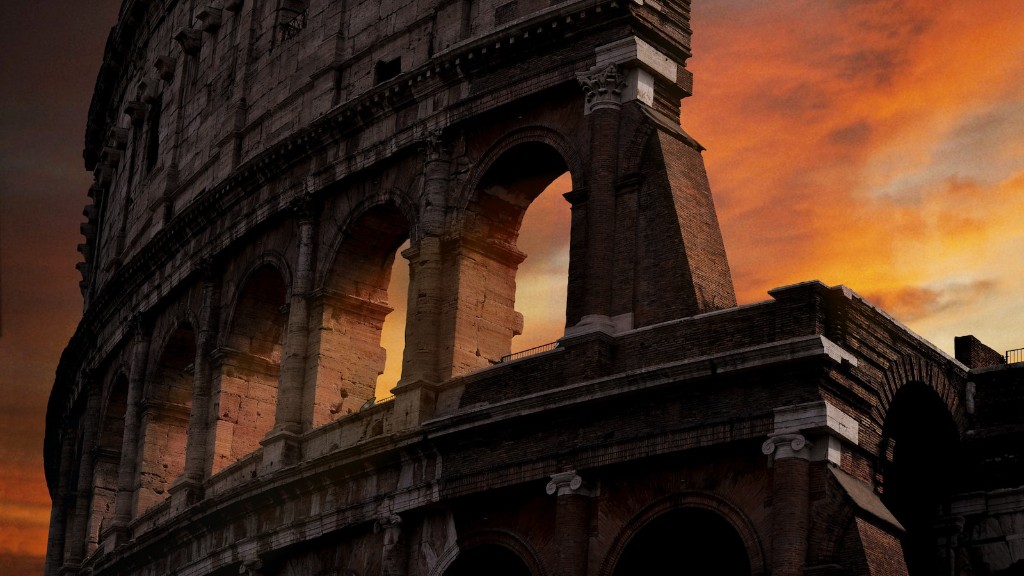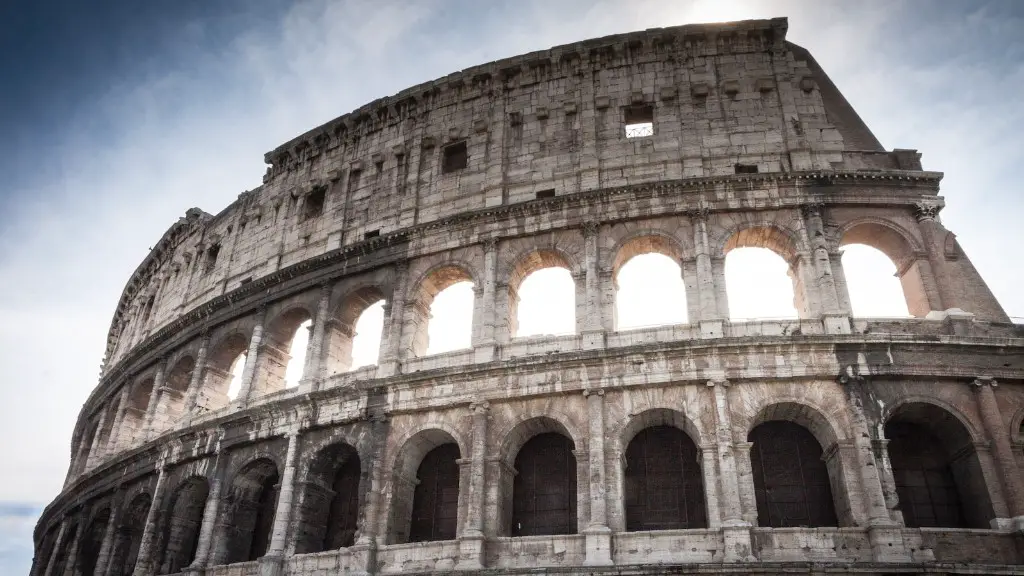The ancient Romans were a highly advanced society, and their methods for acquiring food were quite different from those used by other cultures of the time. The Roman state was heavily involved in regulating the food supply, and this ensured that the citizens always had access to adequate provisions. Romans made use of a number of different sources for their food, including farming, trade, and conquest.
The ancient Romans got their food from farming. They grew crops such as wheat and barley, and kept livestock such as chickens and pigs.
How did the Romans get food?
The Romans were a people who ate food that they could grow. This included vegetables and cereals, which they used to make bread. They also ate meat from animals and birds. The Romans imported food from other countries in their empire. This helped to diversify their diet and provide them with essential nutrients.
The poor in Medieval times ate a porridge called “puls.” Puls was made by mixing ground wheat and water. Sometimes they might get some vegetables or fruit to eat with their puls. The poor ate very little meat. The wealthy ate much better than the poor.
What was ancient Rome’s food supply
Rome’s basic calorific staple was grain, to be made into bread, though olive oil and wine were also important bulk imports; some estimates suggest Rome could have consumed around 400,000 tons of grain annually. This would have been a huge undertaking, requiring a massive and well-organized agricultural system to produce enough food to feed the population. Given the importance of grain to the Roman diet, it is not surprising that the Roman government was heavily involved in its production and distribution.
The Roman Empire was one of the largest empires in the ancient world. At its peak, it controlled a territory that extended from Britain to North Africa and from Spain to the Middle East. The Romans were a major force in shaping the Western world and their influence is still felt today.
One of the things that made the Roman Empire so successful was its ability to adapt and incorporate ideas from the cultures it conquered. This is evident in their cuisine, which was heavily influenced by the Greeks.
The Romans had no aubergines, peppers, courgettes, green beans, or tomatoes, staples of modern Italian cooking. Fruit was also grown or harvested from wild trees and often preserved for out-of-season eating.
Despite this, the Roman Empire was able to create a culinary tradition that was both diverse and delicious. Thanks to the Roman Empire, we have some of our favorite dishes today.
Did Romans only eat once a day?
The Romans generally ate one main meal (the cena) a day, around sunset. Originally this was eaten around midday, preceded by a light meal, often just a piece of bread, early in the morning. This was called ientaculum (or breakfast). Supper or vesperna was a smaller meal in the evening.
The core staples for slaves were low-quality bread and cheap wine, but they were also supplemented with average fruits and vegetables, as well as soups, stews, and other hot meals. This diet was likely not very nutritious, but it would have been filling and would have helped to keep the slaves working.
Did people starve in Rome?
The first famine recorded in ancient Rome was in 464 BC, during the Siege of Rome by the Aequi and the Volsci. This was followed by various famines in Western Europe associated with the Fall of the Western Roman Empire and its sack by Alaric I in 410 AD. Population decline continued in Rome until the mid-9th century, when it is estimated that the city had a population of just under 50,000.
Macellum were private markets held in the public forums of Roman towns, either in the open air or in dedicated market halls. Citizens, if they did not grow their own supplies, bought their food at these markets. The markets were a place for merchants to sell their goods and for people to socialize.
What did the rich and poor eat in ancient Rome
The four main staple food in ancient Rome included vegetables, wine, cereals, and olive oil. The poorer population usually ate dried peas and porridge, while the richer Romans enjoyed meat and fish. A macellum is a market where the Roman could buy food.
The ancient Roman city of Rome was one of the largest and most populous cities in the world. It was the capital of the powerful Roman Empire. The city was situated on the Tiber River in central Italy. Rome was considered the center of the world. The city was the largest in the world with over one million people. It was the largest city in the world for over two thousand years.
Rome was supplied with grain from the wealthy provinces of Egypt, northern Africa, and Sicily. The three provinces were the main sources of grain for the vast population of Rome. The provinces were able to provide a steady supply of grain to the city due to their climate and soil. The climate in the provinces was warm and dry, which was ideal for growing wheat and other grains. The soil was also fertile, which allowed the crops to grow well.
The provinces of Egypt, northern Africa, and Sicily were able to provide a large amount of grain to the city of Rome due to their climate and soil. The warm and dry climate in the provinces was ideal for growing wheat and other grains. The fertile soil in the provinces also allowed the crops to grow well. The three provinces were the main sources of grain for the vast population of Rome.
Did the Romans brush their teeth?
The ancient Romans were known for their dental hygiene practices. They used frayed sticks and abrasive powders to brush their teeth, and these powders were typically made from ground-up hooves, pumice, eggshells, seashells, and ashes. This helped to keep their teeth clean and healthy.
A typical breakfast for a Roman looks like a quick coffee and a pastry, eaten standing at the bar. A frothy cappuccino and a warm cornetto is the most common combination. Italian cornetti are sweeter than French croissants and come vuoto (plain) or filled with jam, custard or Nutella.
What did Julius Caesar eat
Dinner consisted of three parts. The first course, called “gustum,” was the appetizer consisting of salads, eggs, cheeses with herbs, mushrooms, truffles, and various fruits. Next was the “mensa prima” (main course), which was a variety of meat, game, or fish. Most of those were served with sauce.
Vitamin D, sodium, and sugar are all essential nutrients that the body needs in order to function properly. However, our analysis indicates that the ancient Roman people’s diet was relatively low in these nutrients. This is likely due to the fact that the Roman people were exposed to a lot of sunlight, which helped their bodies to produce vitamin D, and they also lived near the sea, which meant that they had access to iodine-rich seawater. While this may have had some positive health effects, it ultimately led to a diet that was lacking in essential nutrients.
How did the Romans sit while eating?
It was believed that the horizontal position aided digestion and it was the utmost expression of an elite standing. The Romans actually ate lying on their bellies so the body weight was evenly spread out and helped them relax.
Posca was a type of vinegar that was consumed by the Roman army. It was made from acetum, which was a byproduct of winemaking. This vinegar was used to hydrate the army, as the drinking water was often not safe to consume.
Conclusion
The ancient Romans had a variety of ways of getting their food. One way was through trade. The Romans would trade with other cultures for foods that they could not get themselves. Another way was through farming. The ancient Romans had large farms that produced a variety of crops and livestock.
There are many different ways that the ancient Romans got their food. Some of the most common ways were through farming, hunting, and gathering. The ancient Romans were also known to trade with other cultures for food.
